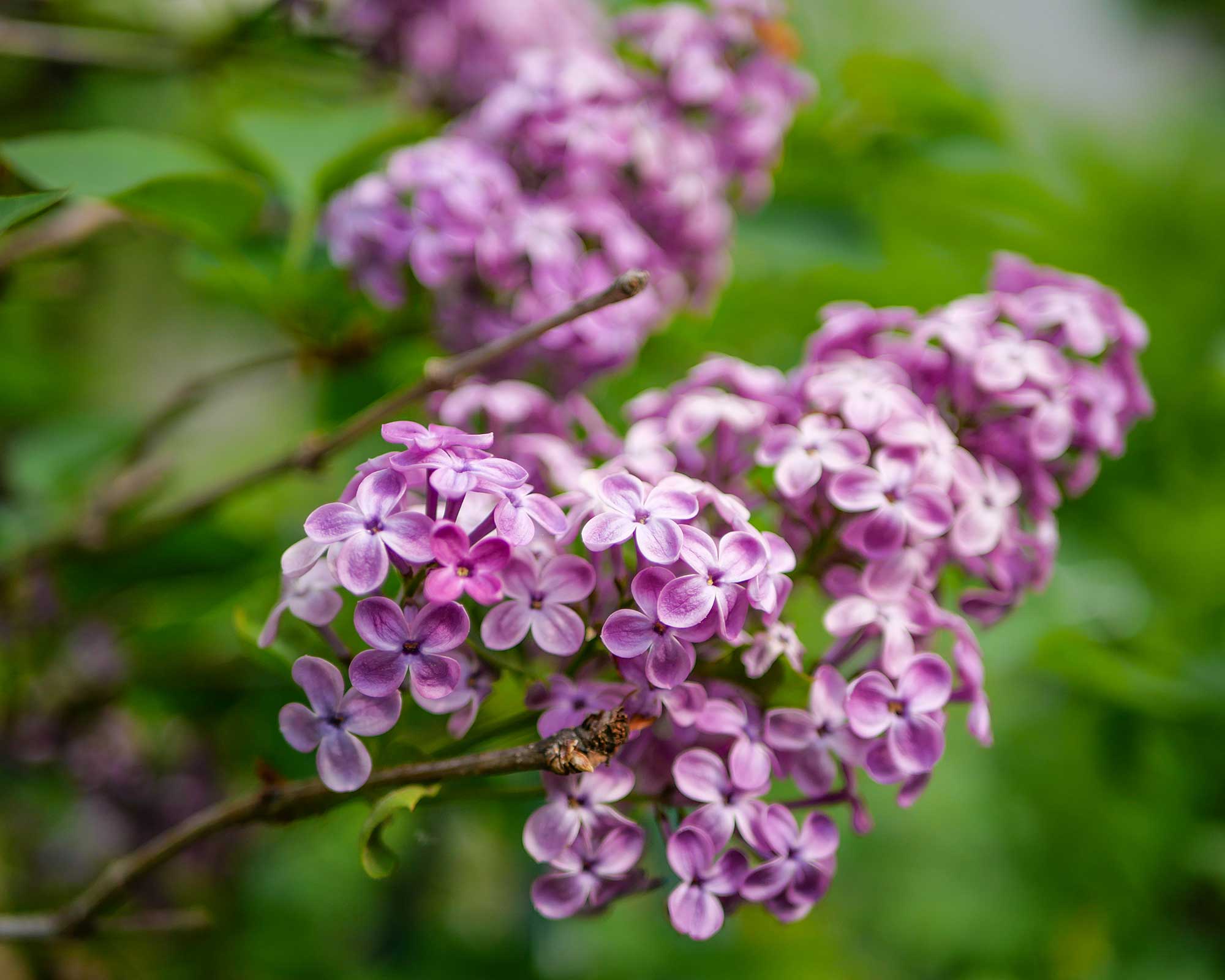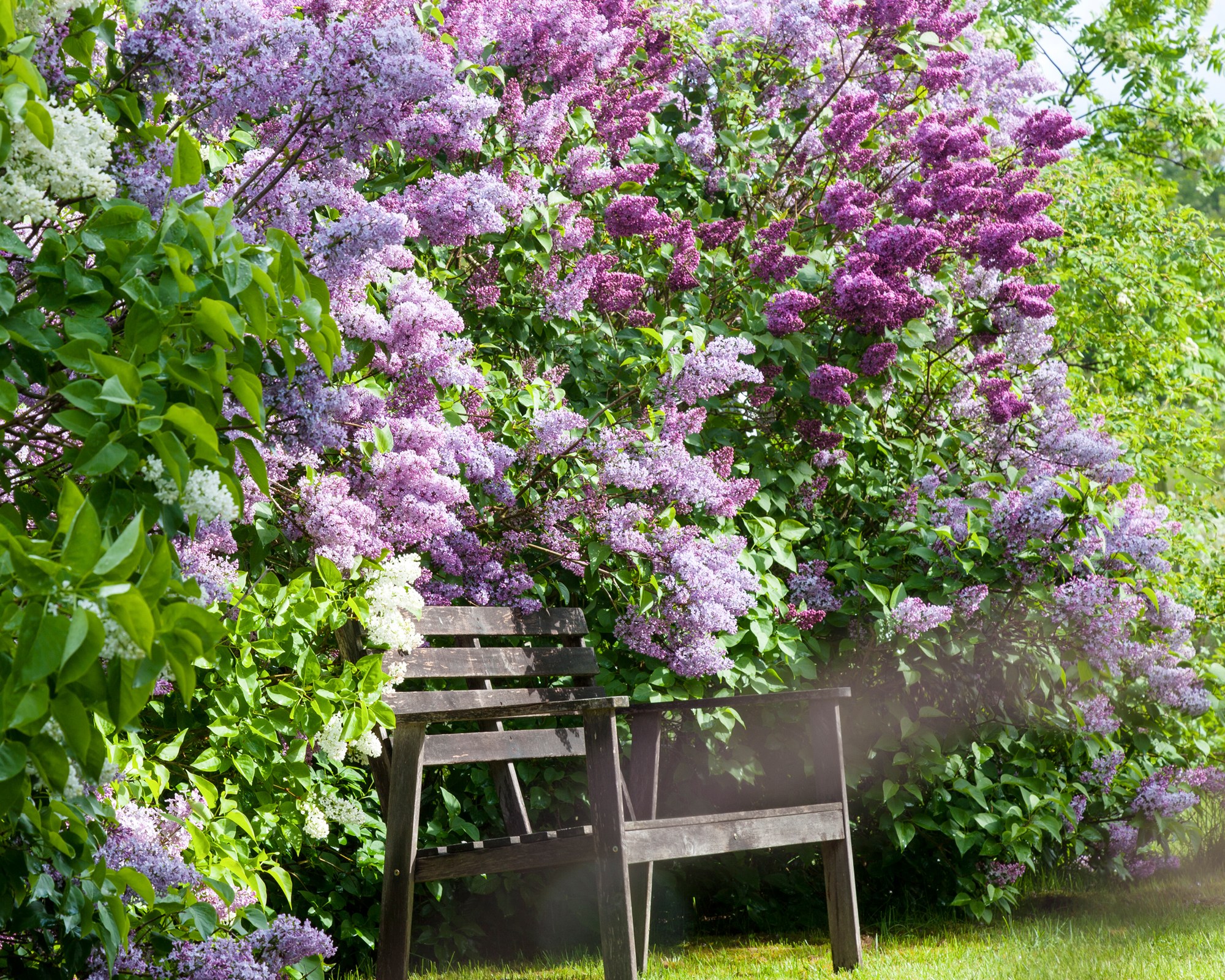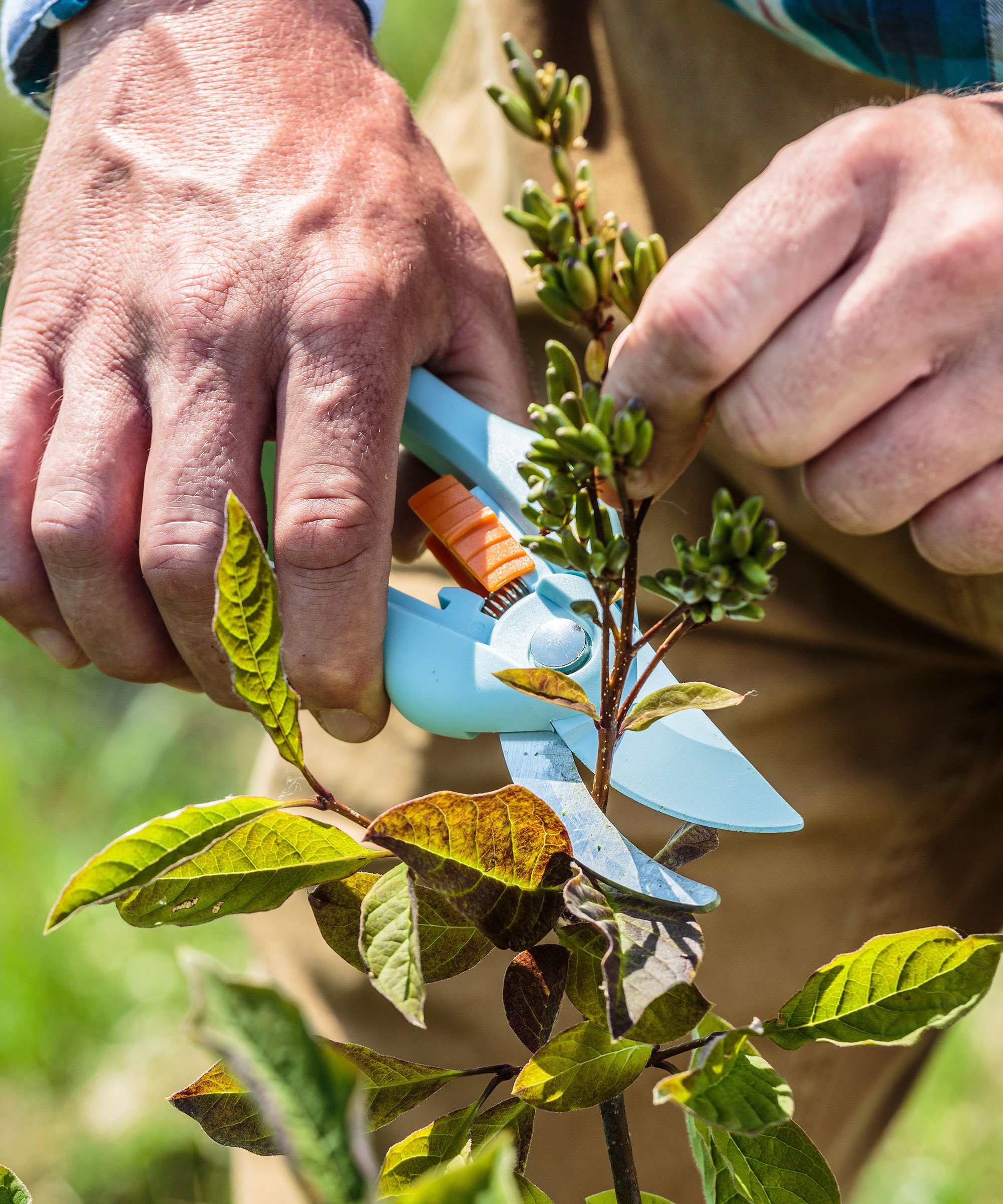Pruning lilacs: get it right with our advice
We've got the lowdown on pruning lilacs so you can make the most of these beautiful flowering shrubs

Anna K. Cottrell

Pruning lilacs is good practice for keeping these shrubs in tip-top condition. And with our advice, you can ensure you get the best results.
Covered in purple or white flowers with a deliciously sweet scent in late spring, lilacs are a well-loved addition to many backyards. But when it comes to pruning them, many gardeners do it too early, using the wrong approach, which can lead to a lack of blooms the following year.
Our advice on how to prune lilacs will help you accomplish this lilac care task successfully, so you can enjoy smartly-shaped shrubs and prolific flowers year after year.
Why is pruning lilacs beneficial?
If you don't have time to prune your lilac, don't despair – it's not absolutely essential.
However, pruning lilacs can encourage more blooms and better health of the plant, and it also keeps it looking smart rather than straggly or too big for your backyard. So, it's a good idea to do so if you've got your best pruning shears (also known as secateurs in the UK) to hand.

When should you prune lilacs?
Graham Rice, gardening expert of Amateur Gardening, says to prune lilacs in late spring once blooming has tailed off.
Don't wait too long – lilacs start producing fresh buds for next year's flowers right after the blooms fade. So, you must seize the moment right after they finish flowering and never prune them in winter, as Gardener Scott advises.
A lilac that is generally nicely-shaped and not overgrown – 'six to eight feet or two meters is a good height,' Gardener Scott says – will just need a light annual prune to clean up the plant. You can even skip a year if you like, and just deadhead spent flowers as soon as they've finished blooming for a tidy-up.

How to prune lilacs properly
Follow these tips for success:
- Ensure your secateurs or best loppers are sharp and clean.
- For a light prune to create a more manageable-sized plant, cut back the tips of branches just above a fresh shoot at an angle. It's also a good idea to remove crossing or rubbing branches to increase airflow around the plant, as well as any dead or dried branches.
- If your lilac is overgrown and lanky, it will need a more drastic prune. You'll want to take out some of the bigger stems all the way down to the ground, 'because they're no longer producing any flowers along the stem – they're only producing flowers at the very top,' says Gardener Scott. He says to take the older stems out first – they're easy to identify because they will be wrinkly, damaged, or discolored.
- As when pruning shrubs in general, be careful not to damage your lilac by being overzealous. You 'only want to remove about one-third of the plant in any given year,' says Gardener Scott. So, rather than doing it all in one go, do a staggered major prune over three years if needs be, resulting in a nicely-sized plant filled with flowers.
- Lilacs tend to spread, so look out for any new young plants next to your existing shrub, too, and cut these down if necessary.

How to deadhead lilacs
While knowing how to prune lilacs is useful, as mentioned above it's not absolutely necessary, particularly if your flowering shrubs are already looking healthy. In fact, you don't even have to cut off the dead flowers, says Graham Rice.
This is welcome news for many gardeners, as some lilac bushes bloom out of reach high on the plant and some have so many flowers that it takes a long time. However, if feasible, deadheading lilacs is generally a good idea for a few reasons.
'Firstly, it greatly improves the look of the plant when the old, dry, brown flowers are snipped off,' says Graham.
'Secondly, if lilac flowers are allowed to develop and form seeds, it takes a great deal of the plant’s energy which would be better used to fuel new growth and perhaps later flowers.
'Finally, if you leave the seed heads on your lilac bush, the seeds will drop to the ground and may well sprout,' he adds. 'The seedlings are very unlikely to be the same as the plant from which they fell – in fact, they're almost always less colorful and less prolific.'
Need more advice for keeping your blooms looking their best? Our guide on how to deadhead geraniums will come in useful for maintaining summertime containers.


The garden was always a big part of Holly's life growing up, as was the surrounding New Forest where she lived. Her appreciation for the great outdoors has only grown since then. She's been an allotment keeper, a professional gardener, and a botanical illustrator – plants are her passion.
